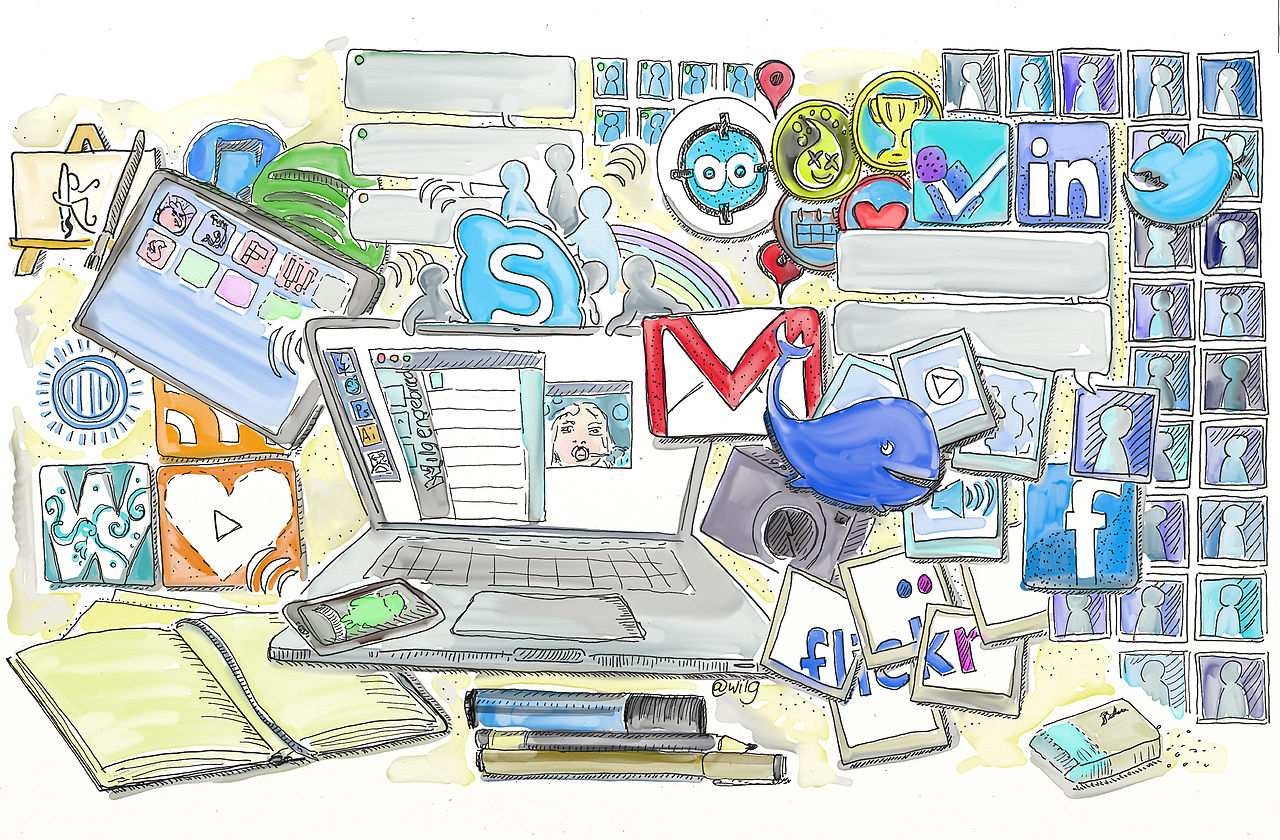 [Guest Post By Bob Hand]
[Guest Post By Bob Hand]
Social media networks like Twitter and Facebook have made plans to implement features to lessen the impact of fake news. Recently, the Associated Press reported on developments in education around the nation intended to help teach the critical thinking skills necessary to discern between fact and fiction.
With these efforts in mind, a question remains: why are people so susceptible to being influenced by fake news? The answer lies in internal biases, and how we share our views online.
From Tabloids to Online Communities
While the presidential election pushed the concept of fake news to the forefront of political discussions, fake news is not a new problem. Throughout the 80s, tabloids ran absurd headlines that were purported to be factual. These publications persist today, and continue to publish articles such as “Elvis is Alive — and Running for President!” and “Abraham Lincoln was a Woman!”. Rational people scoff when they see these stories, and they have little to no impact on public discourse.
In the digital age, false information can hold credence with some online communities. The ways in which we get our news today, including social media, has changed the game. People who seek validation often participate in communities of people with similar views and beliefs. Social media sites also create these insular communities through filtering.
Validating Your Biases
Political, racial, and religious-based biases can influence our views and willingness to trust others. For those who argue that these inclinations are harmless, consider that these biases can be blamed for the disproportionate number of arrests of certain minorities. Online communities are often formed around these differences. Humans have a natural tendency to accept evidence that conforms to their beliefs, and to reject evidence that runs contrary. This inclination is called confirmation bias.
Members of such groups will accept or discredit news based on these biases. Entirely fabricated stories can be shared amongst members. These online groups are essentially echo chambers for those seeking affirmation, and they have greatly contributed to the growing problem of fake news.
Social media greatly exacerbates these problems. When articles are shared on social media, users often fail to verify the information before sharing. A higher number of likes/shares lends credibility to a story, which can make others share it. In a short amount of time, false information can be accepted as fact by thousands of users. This is how fake news affects public opinion.
Does Fake News Pose a Threat?
 There are clear negative effects from the spread of false information. Fake news can cause individuals to develop an unrealistic view of the world, and to take drastic action to protect themselves against imagined threats. A clear example of this occurred recently when a man armed with an assault rifle was arrested while investigating accusations of child sex trafficking at a pizza parlor in Washington.
There are clear negative effects from the spread of false information. Fake news can cause individuals to develop an unrealistic view of the world, and to take drastic action to protect themselves against imagined threats. A clear example of this occurred recently when a man armed with an assault rifle was arrested while investigating accusations of child sex trafficking at a pizza parlor in Washington.
Clearly, stress caused by fake news can manifest itself in dramatic ways. However, the subtle effects of stress can be draining to vulnerable audiences — especially students. In 2014, for example, fake sensationalist stories about the spread of the Ebola virus caused students to remain at home in fear, rather than attend school. There are methods to help students cope with stress, but sharper critical thinking skills could prevent fake news from affecting students in this way.
Internal biases, combined with the virality of social media, have created a huge problem. While fake news started as mostly harmless hijinks and satire, it now has the power to sway public opinion. Critics even argue that it was a major factor in the results of the 2016 presidential election. Readers need to prevent biases from stifling critical thought. Until more users on the internet realize this, fake news isn’t going anywhere.

